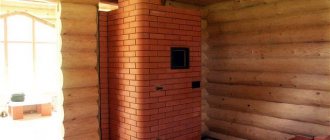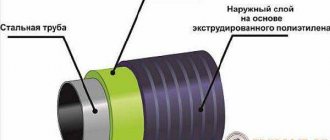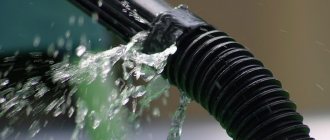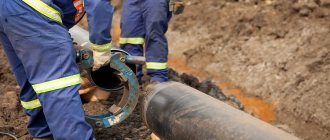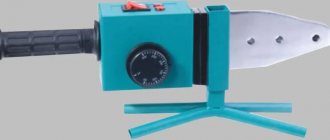Self-threaded pipe connections are often necessary not only in industrial conditions, but also at home - in an apartment or in the private sector. Usually, the connection of metal pipes without welding and threading in such conditions is carried out in a wide variety of unusual ways, materials and tools - whatever comes to hand. Such an attitude is fraught with poor quality results and can lead to an accident. Therefore, connecting profile pipes without welding with a predictably reliable result is flange and coupling methods.
Why is it sometimes preferable not to use either threaded connections or welding? There are the following reasons for this:
- A welding machine and welding work are quite expensive, and there is no reason to buy equipment and electrodes for a single joint of rolled metal;
- Welding is a complex electrical process, for the successful implementation of which certain conditions must be met: low humidity in the room, strategic space, professional skills, power supply in the room, etc.;
- The use of a welding machine is often stationary, and moving the welding site to the desired area is also not always possible.
Threadless steel pipe connections
All plumbers very often encounter a situation where they need to weld a fitting onto an old steel pipe in a house or apartment or cut a thread with a tap, but this is almost impossible due to the fact that the riser or riser simply crumbles from corrosion. Even in those cases when it is still possible to do this, the connection does not last long - after a year or two it begins to leak (wet). This unpleasant situation can be avoided if you use a compression connection - if the pipe leaks, it will not be at the joint.
Types of fittings
To connect metal pipes without threading or welding, parts called “fittings” are used. Their classification is made according to two main criteria.
Press fittings come in different shapes and configurations, this allows you to install a system with turns and branches
The first is the equal size of the diameters of the pipes being joined. In accordance with these criteria, fittings are:
- straight. Used to connect products with the same cross-sectional size;
- transitional. Used in cases where pipes of different diameters are joined.
The second criterion is purpose. Fittings are divided into:
- corners and bends. Installed when it is necessary to change the direction of pipelines at different angles of inclination;
- tees. They are used to create branches from the main flow;
- couplings. They are used to increase the length of a straight pipeline segment without threading or welding. This type is the simplest. However, it is the most in demand. Using a coupling makes it easy to replace a piece of damaged pipe without having to replace the entire structure;
- crosses. This connector makes it possible to divide the flow into several directions;
- fittings. Provide connection of metal pipes with flexible bends;
- adapters (fittings, bends, nipples). Such parts are used to connect pipes of different sizes;
- plugs, caps. Used to cover end holes.
According to the installation method, compression fittings are most widely used.
Important! Such fittings demonstrate high efficiency when arranging street networks, as well as pipelines in apartments and private houses.
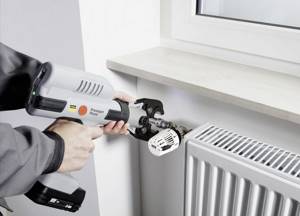
Using compression fittings, you can install any system, including hot water supply and heating
Video description
Clamping couplings review and comparison.
Compression nut on one side
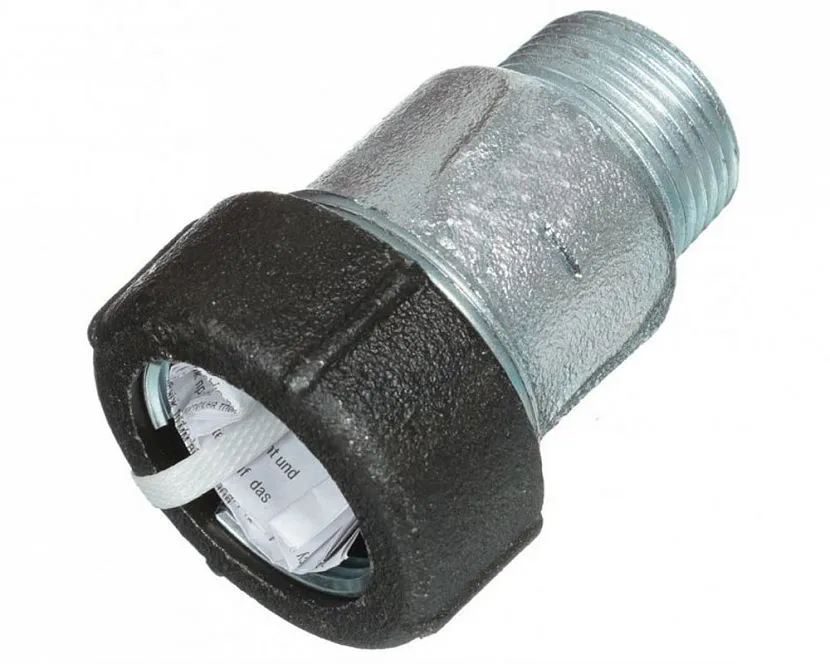
A similar situation can arise when you need to switch from steel to polypropylene or metal plastic, and this applies not only to bathrooms - the problem can arise both indoors and outdoors. But, for convenience, let’s again take as an example the riser for a heated towel rail, which is either too pressed against the wall, or you do not have the opportunity to use welding. Here, by the way, an additional problem may arise - it will be difficult to get close with a sword-shaped soldering iron, but this is a topic for another article.
In this case, all actions for installing a one-way Gebo fitting are consistent with installing a coupling with two nuts, however, this is already understandable. But, you still have to return to a soldering iron with a sword-shaped tip: when you install the compression device on the pipe, there should be enough space left for the heating part of the tool to reach. If this cannot be achieved, then you will first have to weld the polypropylene elbow onto the coupling, and then mount it on the pipe.
Note: the top photo shows a Gebo Quick 1 coupling (DN25) with an external thread of Ø 25 mm, but the thread can also be internal and the diameter can be different.
How gluing is carried out
The connection of galvanized or plastic pipes must be very strong and reliable. To fasten two tubes together, you can use the gluing method. To glue two parts together, you need to carry out the work comprehensively and step by step.
For this you need:
- Apply the adhesive composition with a brush to the inside of the coupling, and then to the tube;
- Mount the coupling to the mark indicating the insertion depth;
- Leave the glue until completely dry.
While the glue hardens, it is forbidden to move or move the elements. It is important to ensure complete peace of mind. The pipeline can be used no earlier than one day after the work is completed. It is worth noting that the reliability and strength of such a connection largely depends on the correct execution of the work.
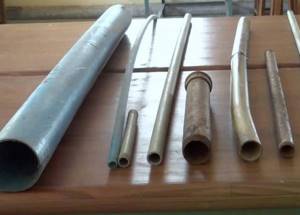
All materials for gluing pipes are sold in a hardware store
Among the main mistakes are:
- Uneven application of glue;
- Long interval between connecting parts;
- Drying of the adhesive composition ahead of time.
Such a connection can be ideal even for joining square products. In addition, other joining methods can also be used, which may be dismountable or non-dismountable.
How to install a clamp coupling yourself
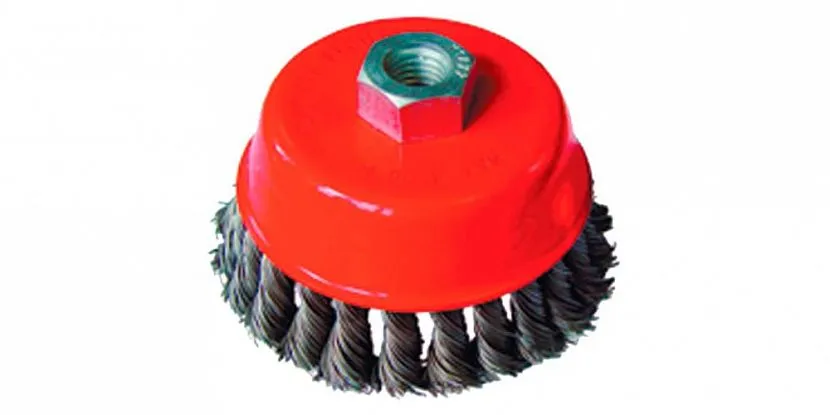
Let's start with the fact that couplings of this type are most often used for old pipes, which means that on their surface, at a minimum, there is paint and, at a maximum, rust. Therefore, the end on which you want to put the fitting should be cleaned and the best way to do this is with a metal brush attached to an angle grinder or electric drill. You will not be able to achieve a perfectly clean metal surface. Most likely, the optimal outcome will be a shiny surface covered with small specks, but this should be enough to press the rubber ring tightly.
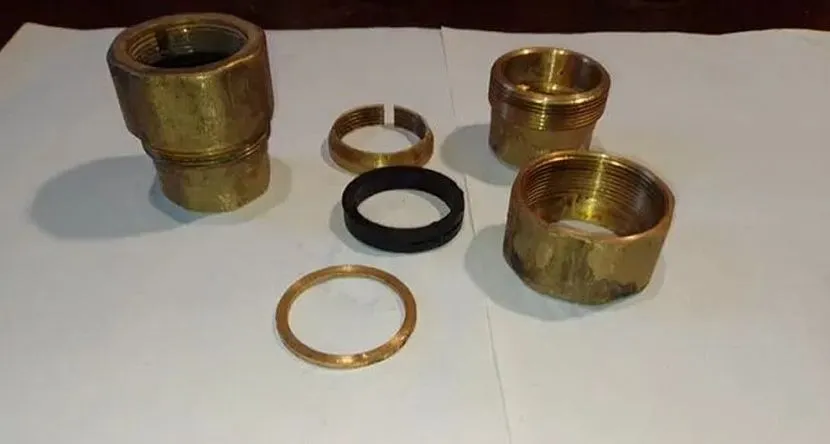
In addition to the main part, there is a clamping and pressure washer, a conical rubberized ring Source olx.ua
Place a nut on the cleaned section of the pipe (do this right away so you don’t forget) and check that the insides of the fitting are assembled correctly. The edge of the cylinder here is made into a cone and you insert a cone-shaped rubber ring into it with a narrowing point inside the cylinder, and put a metal pressure ring (or washer - as you wish) on top. On top of this is placed a crimp ring, which has a cut, and on the inner surface there are something like teeth or spikes. This clamping ring pushes the rubber deep into the cylinder while simultaneously wrapping its teeth around the pipe - resulting in 100% tightness.
When you tighten the nut, be sure to check whether the thread remains on the outside - if all the turns are hidden, then you have tightened the fitting well. After installation, be sure to check the assembly for leaks using toilet paper - even a small drop of moisture will be immediately noticeable. It should be mentioned here that leakage is only possible if the pipe is bent (crumpled). This defect sometimes occurs in old heating and plumbing circuits. If this is the case, then it cannot be corrected - this area must be cut out.
What is a Gebo coupling?
Gebo coupling - appearance
A Gebo coupling is a one-way coupling that has elements such as compression rings and a threaded connection. The Gebo double-sided coupling has compression rings located on both sides.
Gebo coupling design
The design of the Gebo coupling implies the presence of a special recess for a rubber seal, which creates a tight connection. The seal is made in the shape of a cone, which facilitates its penetration even into the most inaccessible cracks when tightening the coupling.
Procedure for using the Gebo coupling
In order for the operational life of this product to be as long as possible, it is necessary to know the correct installation process, which will maintain the required tightness of the connection of metal pipes.
- Both pipes should be cut as evenly as possible and its edges should be cleaned, getting rid of small metal burrs. Paint or enamel is also removed, right down to the metal. To do this, you can use fine sandpaper or a special grinder wheel.
- The first thing to put on the pipe is the nut that comes with the coupling. Next, you need to place a cone-shaped ring on the pipe, so that the top of the cone faces the nut.
- The second thing to put on is the pressure ring, followed by the seal. The seal should be turned towards the fitting.
- Next, you should tighten the fitting so that when you tighten the nut, it does not turn. Tighten the nut so that 1-2 threads remain.
The coupling is installed and you should check its quality by supplying water to the system. If drops of liquid appear from under the coupling, it is necessary to tighten the nut slightly and recheck the connection for leaks. If moisture reappears, the coupling should be removed and the area under it re-cleaned.
The main advantages of the Gebo coupling
Gebo couplings are often used due to the practical relationship between pricing and product quality. If installed correctly, the coupling can serve for many years, after which it is enough to replace the rubber O-ring on it and it can be re-installed on the pipeline.
The breadth of application of this product is also appreciated. Like ordinary fittings, the Gebo coupling is used not only in water supply systems, but also in compression systems. To complete the connection it will take a minimum of time, and it does not require the presence of special tools.
Flange pipe connection
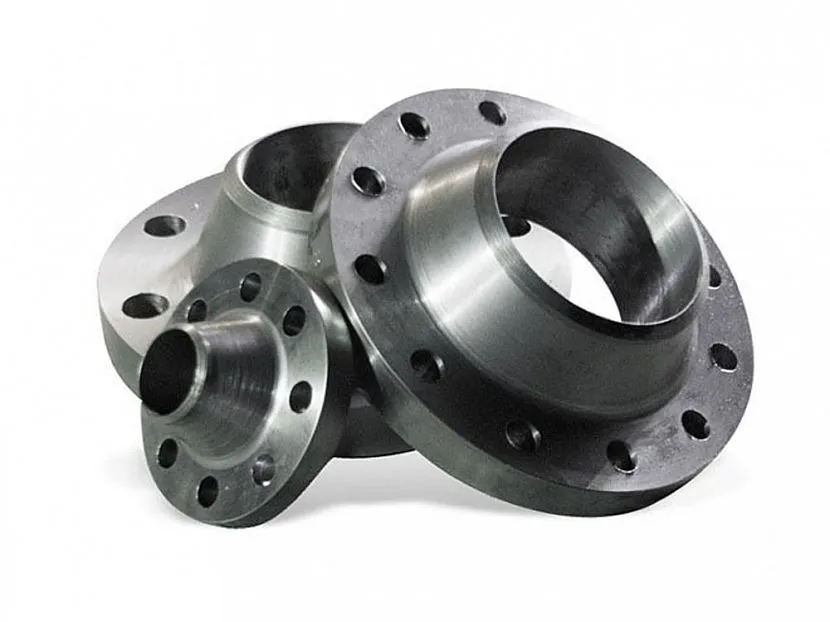
Another type of joining is a flanged pipe connection, but it’s worth immediately making a reservation that this option is not used in houses, apartments, offices, medical and educational institutions, etc.
First of all, the diameter of the flanges is at least one and a half to two times larger than that of the pipe, and this is very inconvenient for residential and frequently visited premises. In addition, the flange must be welded to the pipe, which is not required with compression fittings.
Classic methods for connecting elements
The most common options for joining rolled steel and metal pipes include:
1.welding method. The most popular mounting option, which has some disadvantages:
-difficulty during installation work. It is inconvenient to use the welding machine in a confined space, or if the height for welding is too large.
-high pricing policy. A welding machine is expensive; it costs almost the same to hire a welder.
-low productivity of the method. A lot of time is spent preparing the device and transporting it.
2.threaded method. To connect large pipes, you need to have taps with taps; their cost is very high. These connections require sealing materials, which must be changed from time to time.
3. coupling method. The price of couplings is in the high price segment, especially if they are used for pipes with a large cross-section. They are most often used during accidents.
The most accessible and economical option is the use of various types of fittings.
Connections that do not require welding
Methods that do not require a welding machine, or tools with taps:
1.Using fittings. High quality connections and low price are advantages for these products. Rigid fittings tightly connect two metal pipes without leaking liquid. The most reliable in operation are German and French brands.
2.Using flanges. The design of the flange is similar to a regular clamp; inside it is equipped with a rubber seal. The advantages include: simple assembly, low price, increased wear resistance.
3.using Gebo coupling. The coupling has a simple structure, based on three rings: clamping, pressing, sealing, and the design also includes nuts with a flange. Based on the instructions, you can quickly assemble the product. The part provides a guarantee for the tightness of the joint, the product itself lasts a long time, only the seal should be changed from time to time.
4.Using a clip for repair and installation. The part has two parts that are held together using bolts. The product is used temporarily during accidents.
These types of connections are used for rigid pipes: metal, cast iron or steel, made of polyvinyl chloride.
For pipes that do not require a tight connection, the following types of fastenings are used:
1.using a crab system. The structure includes bolts, brackets and nuts. Use nuts to tighten the parts. This system is used to tighten several products at once, ensuring high tightness of the joints. Crab systems have different numbers of clamping holes.
2.using clamps. Applicable in any area. Several rolled pipes are held together with clamps; the quality of the connections is comparable to welding.

